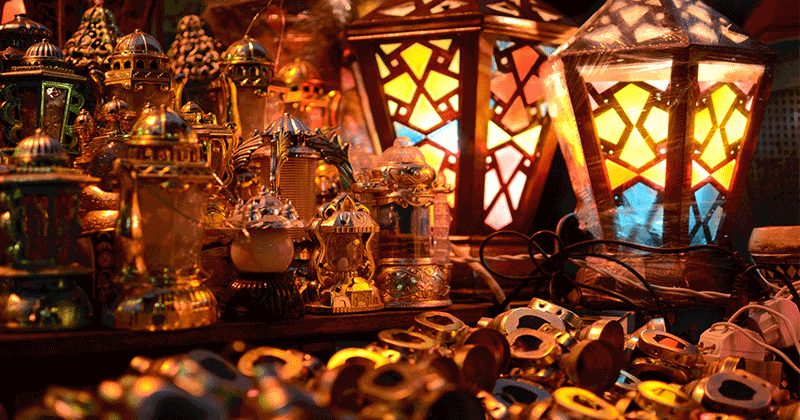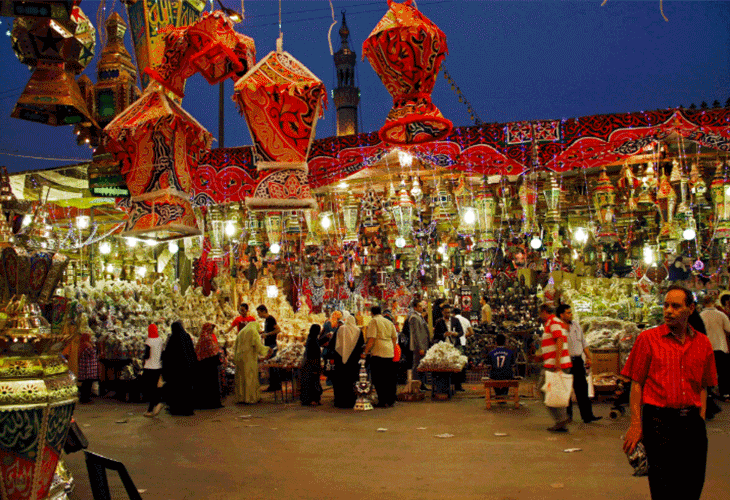
During the Holy Month of Ramadan, the streets, homes and markets light up with beautiful lanterns in different shapes and sizes.
But what is the significance of the lantern –otherwise known as FANOUS during Ramadan?
The concept of the lanterns originated in ancient Egypt.
Stories state that in 358 AH during the Fatimid dynasty, when Caliphate Al-Mu?izz li-D?n Allah arrived on the first day of Ramadan, the people and children of Egypt went outside to greet him holding their lanterns.
Before that, lanterns were just used to walk around at night, and to walk to the mosque. But when the Caliph came, the whole community went to welcome him with their lanterns. Since then it became that the month of Ramadan is more beautiful with lit up lanterns everywhere.
There are many differing views behind the origins of the lantern.
Some argue that the concept of the fanous in Ramadan dates back to when the young children of Cairo used to carry their lanterns to light up the road for the Caliph as he strolled around the city.
At one point, Fatimid rulers issued a law requiring shop and house owners to clean the streets in front of their property and hang a lantern on their doors all night.
Then Caliph al-Hakim (996-1021) ordered women not to leave their houses at night unless accompanied by a boy carrying a lantern. He also ordered lanterns to be hung at entrances of the haras (neighbourhoods) and imposed penalties on those who failed to do so. This led to a boom in the lantern business and to the appearance of many new shapes and sizes.
Women used to stay up late in Ramadan, usually gathering around an older, female story-teller. On their way home, a servant would lead the way carrying a big brass oil lantern. Policemen were also told to carry lanterns during their nightly patrols.
In modern day, with the availability of electricity and technology, lanterns are not really needed as a source of light. Instead, the fanous is used as decoration for popular Ramadan tents, gatherings, and city streets to create a more festive environment that is in tune with the Holy Month.


Post Your Comments